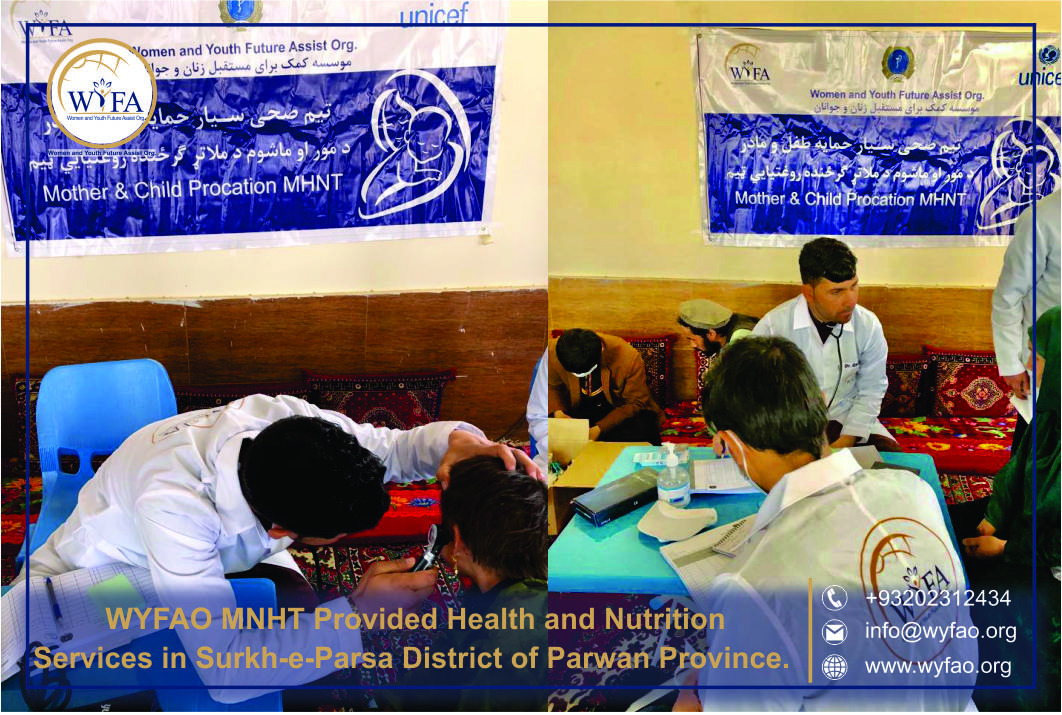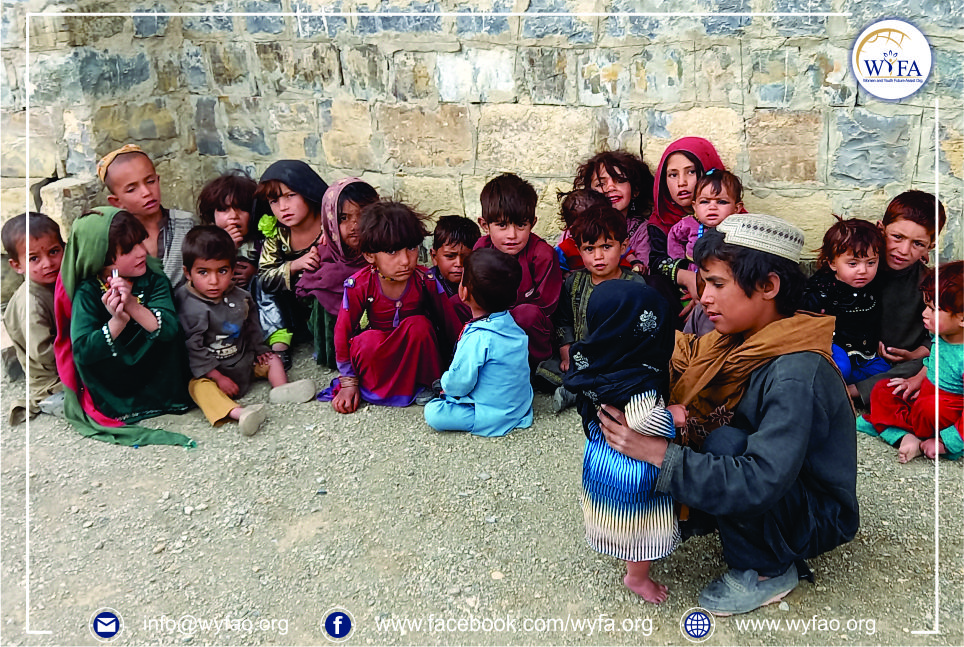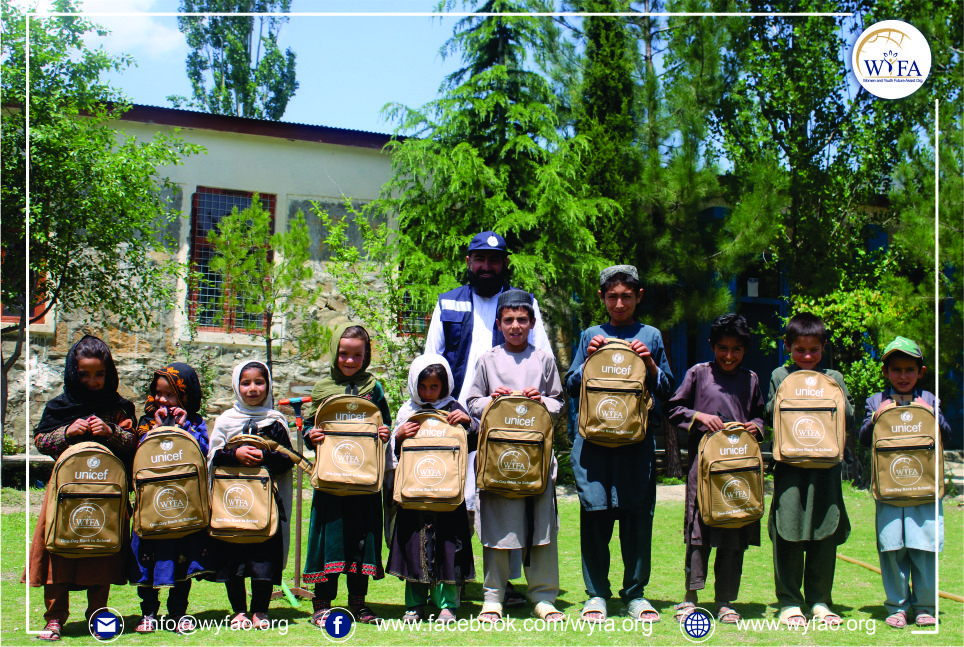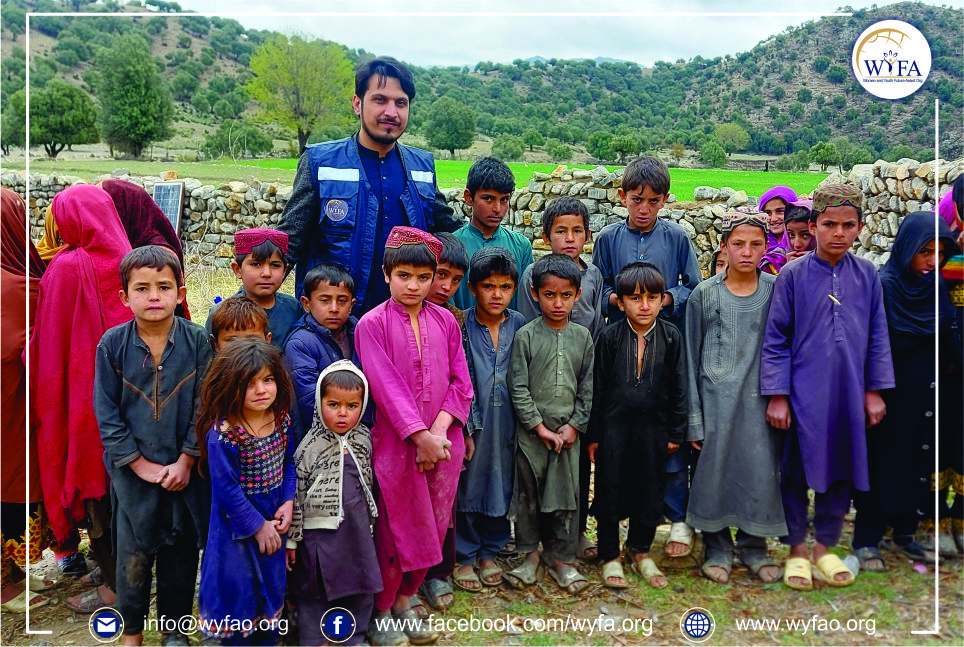Life Saving and Resilience
Lifesaving is the act involving rescue, resuscitation and first aid. It often refers to water safety and aquatic rescue; however, it could include ice rescue, flood and river rescue, swimming pool rescue and other emergency medical services.
Life-saving techniques give individuals the ability to survive and also save other people during life-threatening situations. Any life-saving skill becomes useful in these cases. When an individual’s life is at risk, people tend to panic and people die when attended to by unskilled persons.
What are the duties of a life saver?
Administers first aid in the event of injury, rescues swimmers in distress or danger of drowning, if necessary. Evaluates conditions for safety and initiates aquatics emergency action plan as required.
In a world where crises and conflicts are increasing in frequency, severity, and duration, humanitarian work must help lay the foundation for the long-term resilience of communities and families – by strengthening health and protection systems, providing families with cash transfers to manage in crises, and providing learning and support for children caught up in emergencies.
In times of emergency, a key focus of WYFAO is on community engagement and accountability to affected people and communities — including through communication for development, and platforms for adolescent and youth participation. Supporting emergency work across all regions where WYFAO operates. Here are a few examples of how WYFAO country offices around the world have worked to provide information around conflicts, natural disasters, and epidemic.
The site includes a list of states and townships where landmines can be found and provide quality information, listing myths and false information about landmines.
To help prevent further spread of Lassa Fever, WYFAO was looking for solutions to promote essential messages — and to complement more conventional communication channels such as national and local media.
WYFAO Innovation continues to seek forward-looking partners to increase the reach of its messages and the promotion of healthy behaviors, youth or women’s groups, frontline workers and influential media can help the distribution and promotion of key messages so that everyone can gain access to locally relevant information and help save more children.
Resilience is the ability to bounce back when things don’t go as planned. It can help you manage or even ward off conditions such as depression and anxiety, and improve your mental health overall. And if you have an existing mental health condition, being resilient can lessen its impact and help you recognize when you need support.
Over 40 years of conflict and repeated disasters resulting from natural hazards have forced Afghan
Families and communities to be resilient. However, their coping strategies, many of which involve
Selling productive assets, consuming seed stock and borrowing money, have made it increasingly.
Difficult to continue to absorb shocks and to adapt to disruptive change. For many families, their. Resilience may now be based primarily on a combination of faith and hope rather on reserves that can. Be used to maintain their livelihood.
While conflict led to the displacement of families and communities, many were able to cope as long as they could grow enough or keep sufficient livestock to feed themselves. However, the severity of The drought in addition to the conflict tipped them over the edge and created mass displacement.
The slow-onset of the drought coupled with an inability to recognize/accept it (until, perhaps, it was officially declared by the Government) may also have contributed to the high level of displacement. Because, if any reserves could have been put aside, it was too late to do so. The multiple interrelated reasons for people leaving their land was evident in the data because respondents did not cite a particular issue – such as water scarcity – for their decision. This also suggests that an improvement in access to safe water (or the end of the drought) may not be sufficient, On its own, wider strategy is required which uses careful exploration. Of local circumstances to identify and mitigate cross-sectorial vulnerabilities. If resilience is not rebuilt.
5 Sense Maker is proprietary software that enables narrative-based research in which respondents are asked to describe a relevant experience and then answer visual questions to signify what their experience means to them in their own Context. This allows qualitative data to be collected from a large number of respondents and mapped and explored in aqua quantitive framework. for the questions that were aske.it will limit Afghanistan’s ability to achieve its aim of increased self-reliance and will leave the Afghan people unprepared for the next severe drought, which given the impact of climate change, is just a matter of time.
Resilience & Managing Disaster Risks for Afghan communities, focuses on delivering tangible socio-economic benefits by investing in and restoring ecological infrastructure such as rangelands. Rangelands are vital to the Afghan economy since they support livestock production and related industries and provide natural products such as fruits and nuts. With the enhanced resilience of ecosystems, climate change induced changes and extreme events are likely to be more gradual and less severe than under a ‘business as usual’ scenario. This will help reduce livelihood losses from severe climate events. Finally, investments in small-scale rural infrastructure such as water management and irrigation will contribute to higher food security and poverty reduction for those currently operating on rain fed land.
In the long-term, strengthening the resilience of Afghan communities to climate change will require a step change in current practices. To begin with, a greater level of awareness and a more robust knowledge base of climate change impacts are required. Policy and planning must fully incorporate climate risks, particularly in the District Development Plans and Community Development Plans. Restoring the depleted natural resource base and managing it in a more sustainable manner is a fundamental component of building resilience. Moving beyond subsistence agriculture to food and income security, along with a shift toward more diverse and less vulnerable livelihoods, is also essential. Finally, large-scale investments in climate-resilient infrastructure such as storage reservoirs and more efficient irrigation systems are another important pre-condition.




